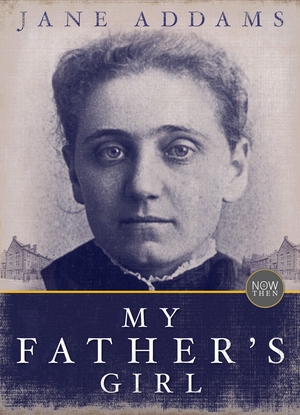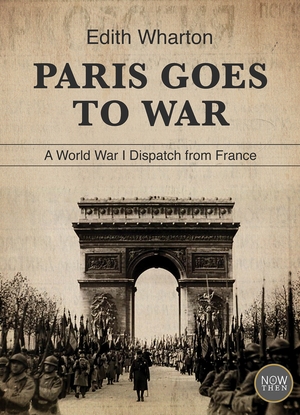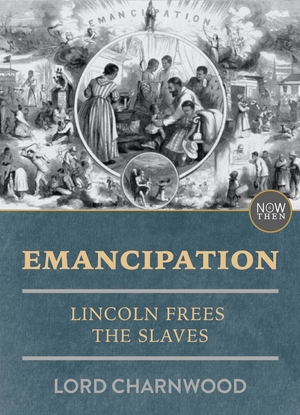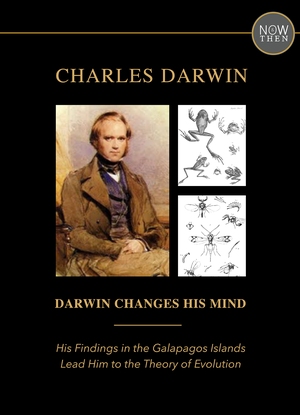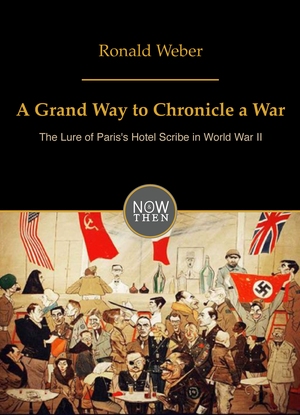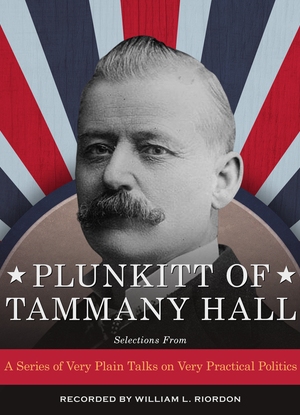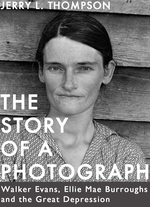Bonnie Parker Writes a Poem - Preview
How a Couple of Bungling Sociopaths Became Bonnie and Clyde
by Steven Biel
BONNIE PARKER WRITES A POEM
You’ve read the story of Jesse James—
Of how he lived and died;
If you’re still in need
Of something to read
Here’s the story of Bonnie and Clyde.
Aside from being a hotly pursued fugitive, Bonnie Parker aspired to be a poet. Hiding out in motor-court cabins or makeshift roadside campsites, speeding circuitously in a Ford V-8 along the back roads of the Southwest, Bonnie passed the time writing and revising. In early May 1934, at the end of what would turn out to be the last of her clandestine visits with her family, she handed her most recent poem to her mother, Emma. As they sat in a field next to a country road four miles east of Dallas, Bonnie told Emma that she and her lover Clyde Barrow would be killed soon. She asked her mother to bring her body home; she didn’t want to be taken to an undertaking parlor in an unfamiliar town. “There she sat,” Emma recalled, “so young, so lovely—only twenty-three—with the May moonlight sifting through her yellow hair and making shadows on her cheeks—there she sat and talked to me of death as calmly as if she were discussing going to the grocery store.” 1
Giving the poem to her mother wasn’t just a sentimental gesture; she must have expected Emma to find a way to publish it. The poem could be her ticket to lasting fame, to Hollywood stardom or something like it, to a place alongside Jesse James in the pantheon of American outlaw heroes. On May 23, Clyde and Bonnie were killed in an ambush on Highway 154 in Bienville Parish, Louisiana, near the town of Gibsland. A day later, Bonnie’s poem, titled “The Story (or, in some instances, The Saga, The Ballad, or The Life and Death) of Bonnie and Clyde,” started showing up in newspapers. Maybe Emma had passed it along to one of the reporters who periodically stopped by looking for an exclusive, or to one among the press hordes who turned out after the news broke of her daughter’s death. But it’s more likely that Bonnie hadn’t entrusted the poem to her mother alone—that she had already sent it to the Dallas newspapers. One improbable account has it that back in April she had even tried to whet the public’s appetite for the poem by leaving a note—an author’s preface of sorts—at a filling station in Chetopa, Kansas, near the Oklahoma and Missouri borders: “I am writing the actual story and hoping part of it will be published. For the few people who have sons and daughters who go astray, who are now being unjustly accused, I can add—the law can be mistaken. To those who have no dealings with the law, except in [a] friendly and business way, I cannot make you understand how cruel the law can be.” Time magazine dramatically but incorrectly reported that the poem was found in the bullet-riddled “death car.” The version that appeared in the papers at the end of May wasn’t quite the same as the version that Emma included in her “as told by” book, Fugitives, published a few months later. Words varied here and there, an extra stanza appeared and others were arranged differently in the text that Bonnie presented to Emma.2

